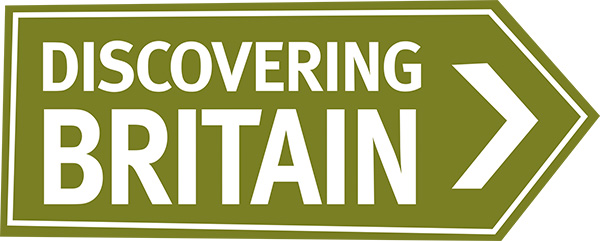
Rory Walsh on the origins and purpose of the world-renowned Roman architecture, Hadrian’s Wall
Viewpoint • Rural• North East England • Guide
Stretching for 117 kilometres across Cumbria and Northumberland, Hadrian’s Wall is one of Britain’s most famous landmarks and a UNESCO World Heritage site. The most scenic sections are between the villages of Walton and Chollerford. For miles, grey stone snakes over rolling green hills across the spine of England. Along its course are evocative Roman remains, including Birdoswald, Housesteads and Vindolanda, as well as the poignant site of Sycamore Gap, now minus its tree.
English Heritage estimates that 100,000 people visit Hadrian’s Wall each year, generating millions of pounds for the regional economy. Now largely a tourist attraction, the wall was originally a frontier of the Roman Empire. A biographer of Hadrian records that it was designed to ‘separate the Romans from the Barbarians.’ A common assumption is that Hadrian’s Wall was built to keep out marauding Scots, but its function was more complex. Besides being a physical barrier, the wall likely served symbolic and strategic purposes, including monitoring the movement of people and goods.
Construction began in 122 CE. Completion took three legions, some 15,000 men, six years. Almost 2,000 years later, stretches of Hadrian’s Wall survive due to the lie of the land. Throughout their occupation of Britain, the Romans utilised the natural landscape. Hadrian’s Wall spans the narrowest point of England. Work started in the east, on the banks of the River Tyne at Wallsend, then continued west to the Solway Firth.

The Romans also took advantage of a geological feature. For much of its route, the wall spans the Great Whin Sill, a dolerite ridge formed around 300 million years ago when tectonic movement pushed up magma from deep inside the Earth. The magma cooled and solidified into dolerite crags that rise like a cresting wave. Steep and remote, they provided an ideal defensive site.
Diverse evidence has been uncovered about daily life on the Wall. At the fort of Vindolanda, discoveries include Roman shoes, gloves and more than 2,000 letters, written in ink on wooden tablets. These fragile artefacts survived because sections of the Great Whin Sill are topped with peat. Peat soils contain low levels of oxygen, which helps to preserve delicate materials such as wood and cloth.
Some archaeologists have expressed concerns that the peatlands are rapidly drying out due to climate change, creating a race against time to uncover further finds. Throughout history, nations worldwide have built walls against physical and cultural enemies. Hadrian’s Wall may be facing an environmental one.
Discover more about Britain…

Go to the Discovering Britain website to find more hikes, short walks, or viewing points. Every landscape has a story to tell!




